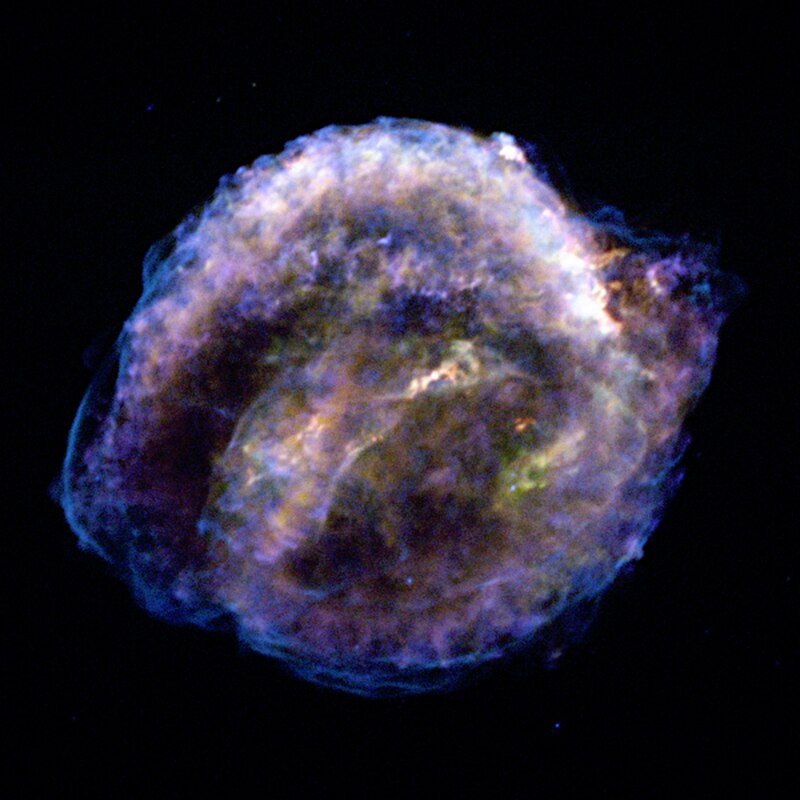New Research on Supernovae Provides Insights into Dark Energy's Nature

In a groundbreaking study, researchers from the University of Hawaiʻi at Mānoa have provided new insights into the universe's fate by analyzing a large dataset of Type Ia supernovae, the remains of stars that have explosively died. This research, published in the prestigious Astrophysical Journal on July 22, 2025, reveals that dark energy, which constitutes approximately 70% of the universe, may not be a constant presence but could evolve over time, challenging established cosmological models.
The study's lead author, Dr. David Rubin, an associate professor in the Department of Physics and Astronomy at UH Mānoa, emphasized the importance of this research in understanding the universe's expansion. "This project demonstrates Hawaiʻi's capability to contribute to significant cosmic questions through advanced computing and collaborative efforts," Rubin stated. The findings stem from the Union3 dataset, a comprehensive collection that standardizes data from 2,087 Type Ia supernovae, allowing for more precise studies of the universe's expansion.
Historically, Type Ia supernovae have played a pivotal role in cosmology. Their consistent explosion patterns serve as 'standard candles' for measuring astronomical distances. This phenomenon was crucial in the 1998 discovery that the universe's expansion is accelerating, a revelation that introduced the concept of dark energy and garnered a Nobel Prize in Physics for its discoverers.
The latest findings suggest that dark energy may not remain static as previously assumed, which could significantly alter predictions regarding the long-term expansion of the universe. The implications of these results are enormous, as they could redefine cosmological theories and the ultimate fate of the universe.
Experts in the field are weighing in on the significance of this research. Dr. Sara Thompson, an astrophysicist at Stanford University, noted that "if dark energy does change over time, it opens up new avenues for understanding the fundamental dynamics of the universe. This could lead to a paradigm shift in cosmology." Additionally, Dr. Mark Johnson, a physicist at the Lawrence Berkeley National Laboratory, remarked that these findings align with parallel studies examining galaxy distribution, reinforcing the hypothesis that dark energy might evolve.
The research further illustrates the collaborative nature of contemporary astrophysical studies, involving not just UH Mānoa, but also institutions such as the Lawrence Berkeley National Laboratory and global partners. The study utilized the Koa high-performance computing cluster at UH, showcasing the university's role in the international research community.
As the scientific community digests these findings, future investigations will likely focus on further exploring the properties and potential variability of dark energy. Understanding whether this force driving the universe's acceleration can change over time is fundamental to answering some of the biggest questions in cosmology. This research not only highlights the contributions of Hawaiian scientists but also emphasizes the global effort in unraveling the mysteries of the cosmos.
In summary, the new insights into Type Ia supernovae and dark energy underscore the dynamic nature of universe exploration. As researchers continue to gather and analyze cosmic data, they may eventually unlock the secrets that dictate the universe's past, present, and future, ultimately answering whether the universe will continue to expand endlessly or slow and collapse.
Advertisement
Tags
Advertisement





